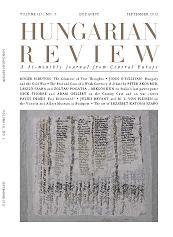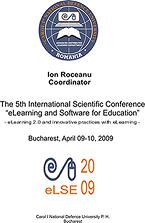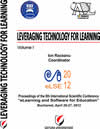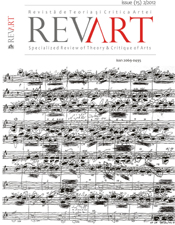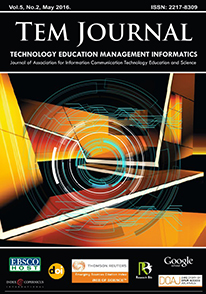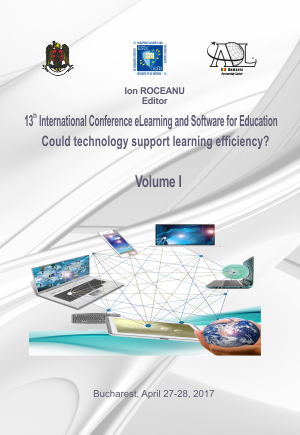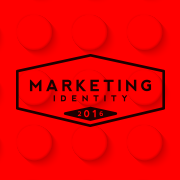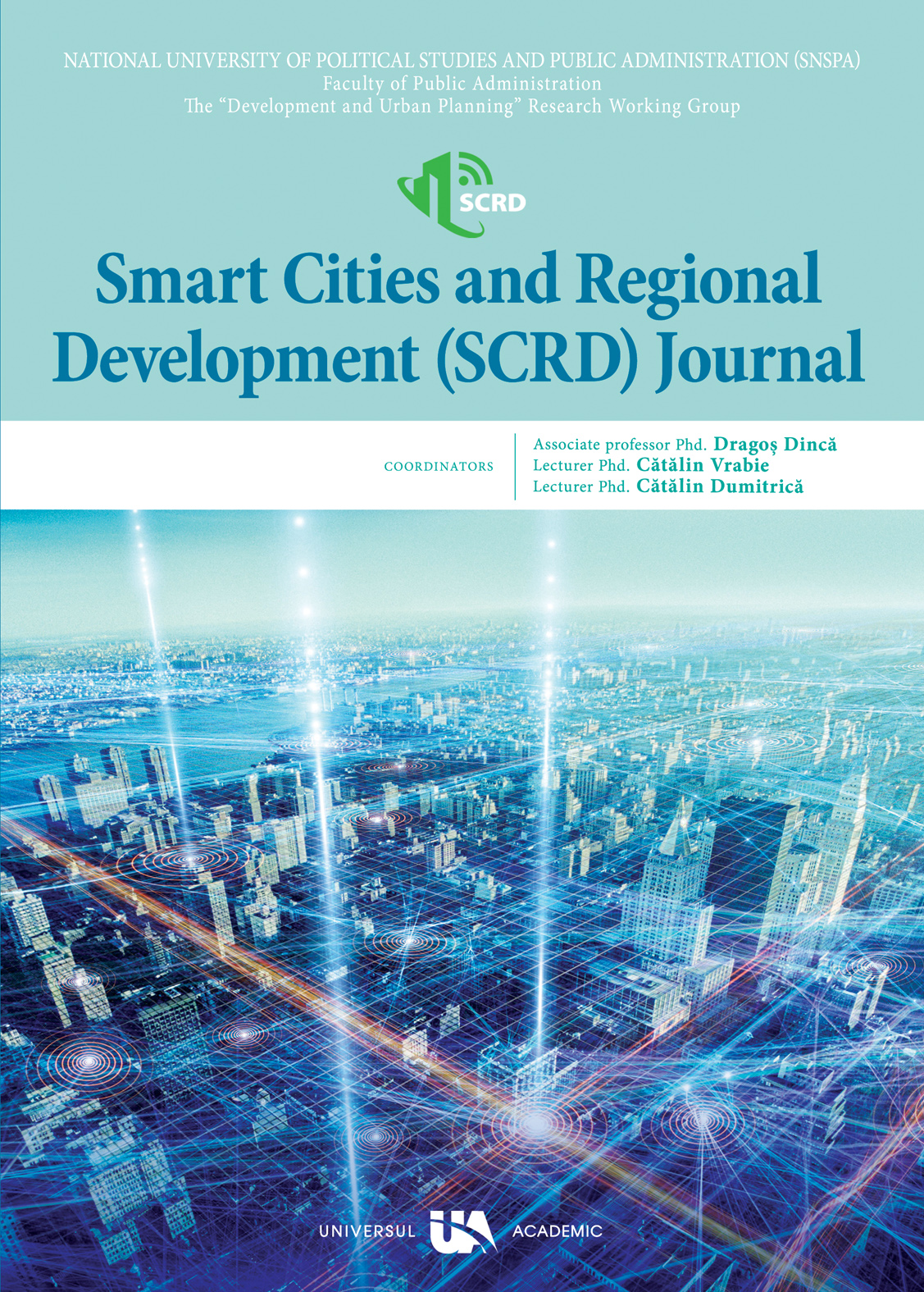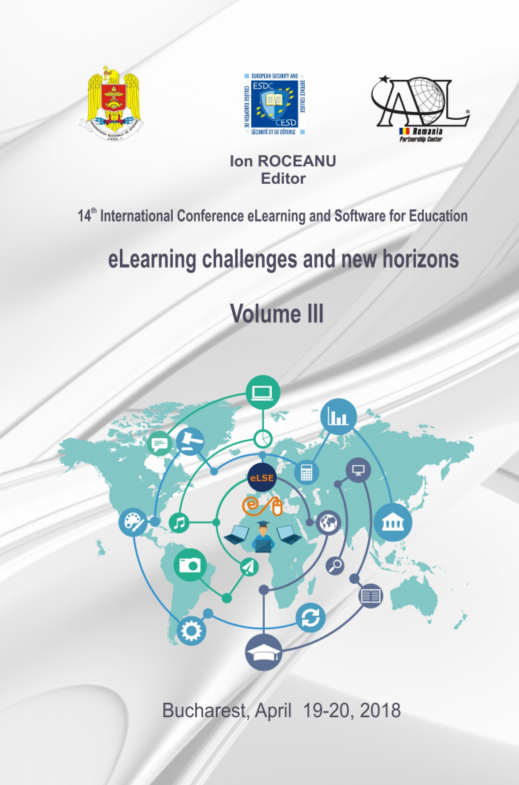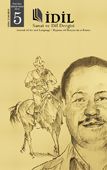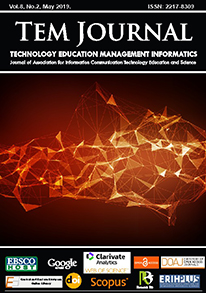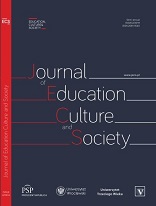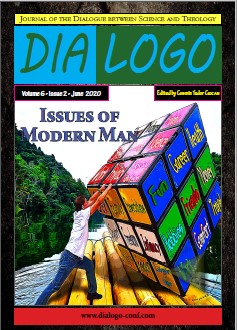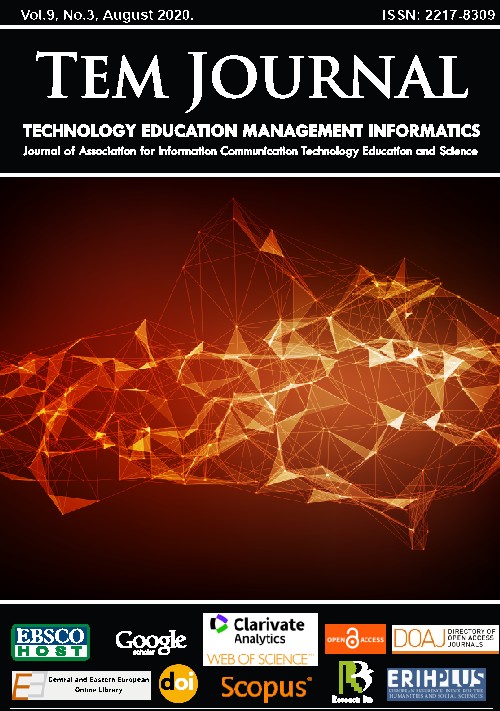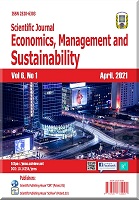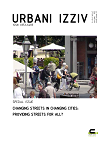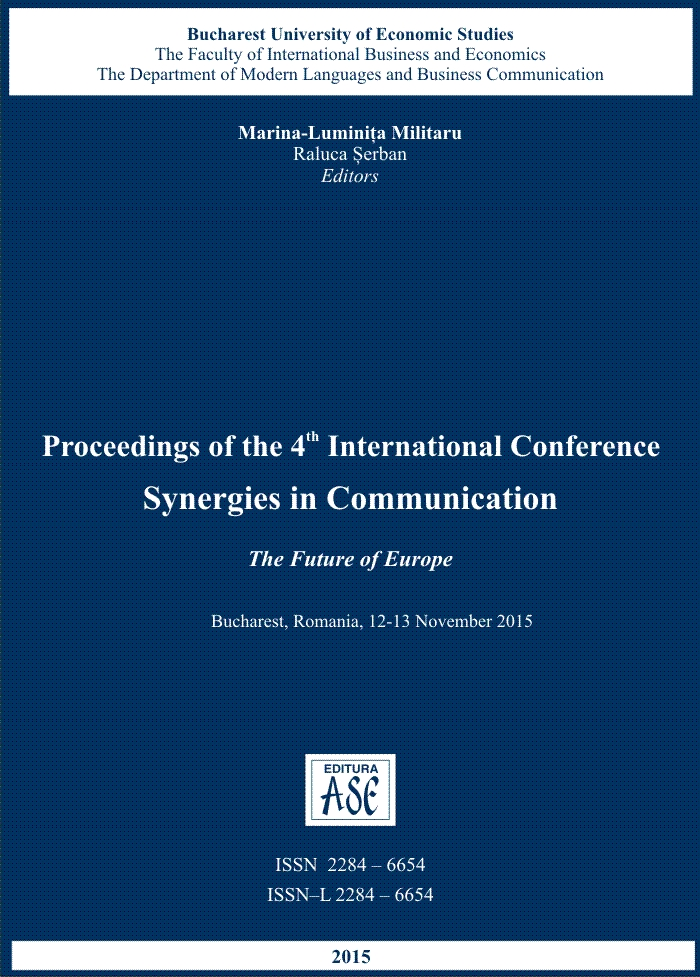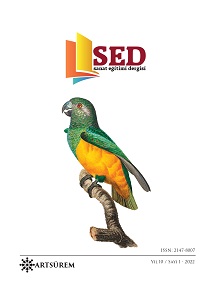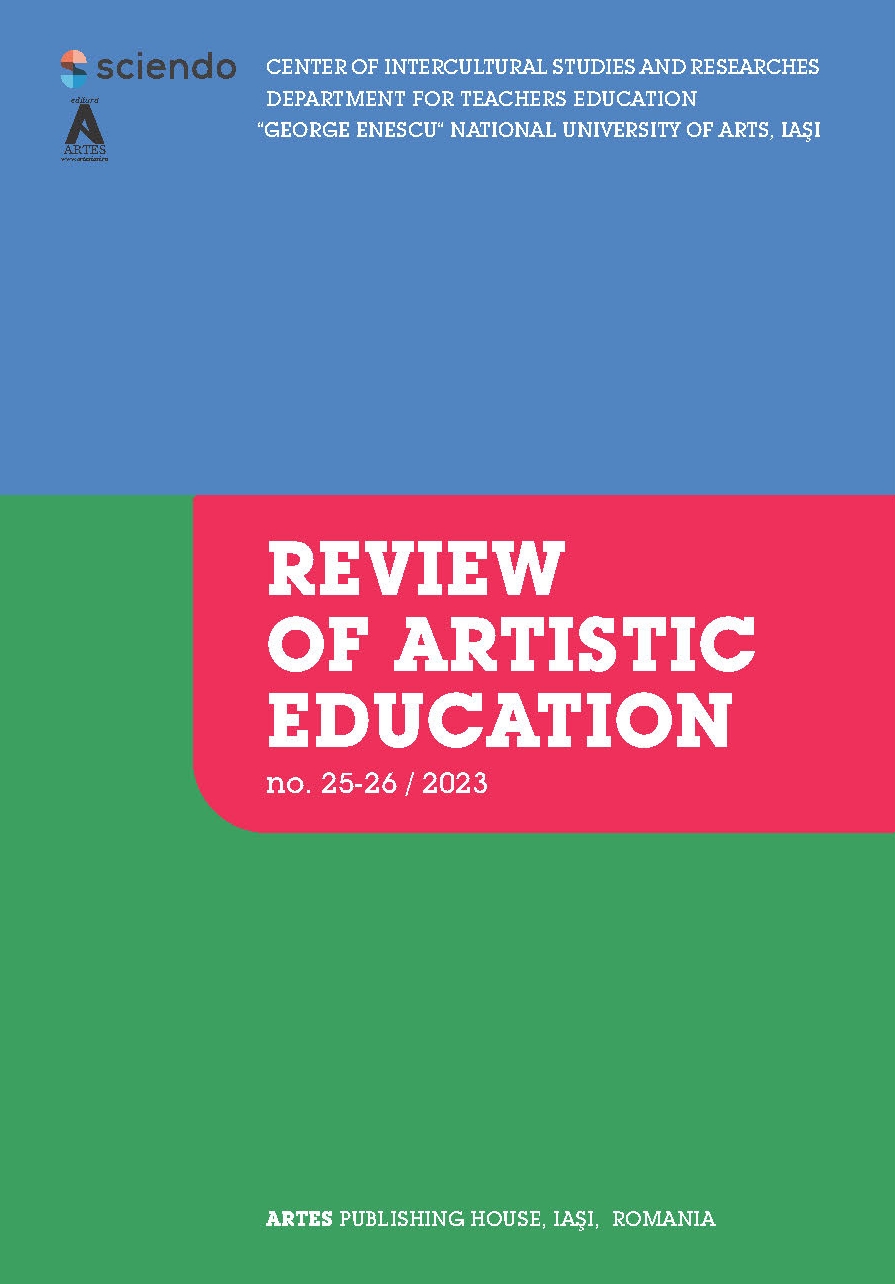The value of the individual in space configuration
Author(s): Corrado Castagnaro,Domenico Crispino,Ilenia Gioia,Gianluca Manna,Andrea Importa / Language(s): English
/ Issue: 2/2020
Keywords: Architecture; Covid-19; human spaces; Existenz minimum; individual; community;
This contribution deals with an extremely actual issue, which stems from the considerations of a group of young architects, concerning the situation of which the whole world is, in these days, theatre. The entire population is forced to deal with the emergency related to the COVID-19 through a condition of forced isolation in their
own homes, and often neglected space that suddenly becomes the only accessible place in which to spend time dedicated to working, leisure, rest. The experience of extended domiciliation in environments unsuitable to accommodate the man in the accomplishment of all his functions configures, in some cases, dystonia that alters the home/shelter relationship and translates it into home/prison. The measure of domestic space that today we all find ourselves having to rediscover in a forced way allows us to reflect on the experiences of important masters of modern architecture who have addressed this issue through architectural experiments/projects aimed at living well with little, or preferably with what is necessary. The modern manifesto of this experience is Le Corbusier’s “Cabanon”, a 3.66 x 3.66-meter cabin conceived according to the rules of the Modulor, which becomes a valuable lesson on the art of living with the essential. In this complex period, the need to face the social, constructive and economic problem of living turns out to be one of the challenges posed to the community of architects and engineers, which has to measure itself against a society that expresses the need to give each individual their own living space, each family their own home. One example in this regard is Ludwig Hilberseimer’s 1931 project for a Growing House that can be built quickly, in series and can be expanded or reduced according to the needs of those who will have to live in it. According to this interpretation, the principles always promoted by the Neapolitan engineer Luigi Cosenza, according to which the architect’s task is not to create small dwellings, but to set up new human living conditions, also assume a strong contemporary character.
More...
